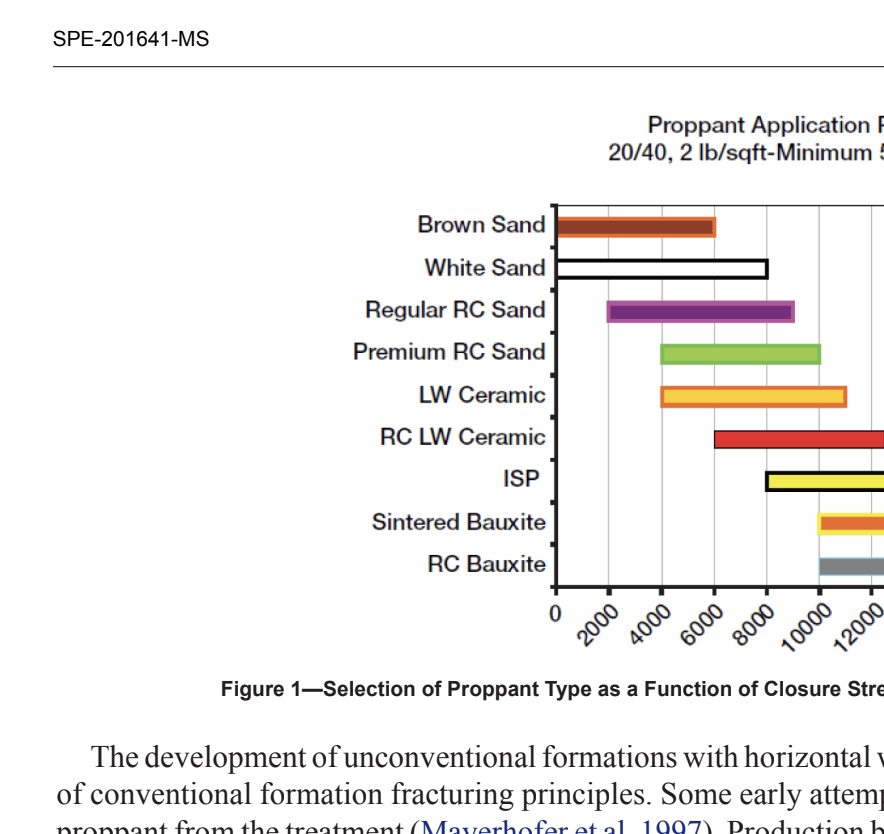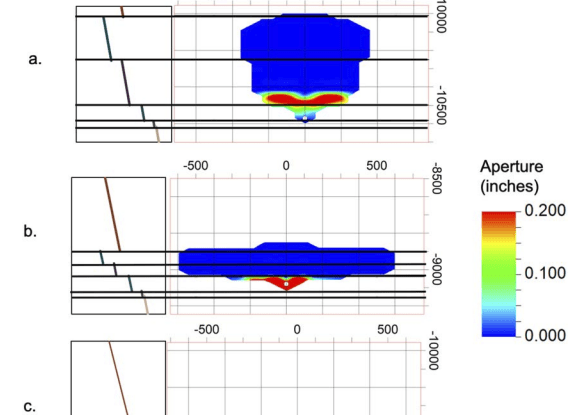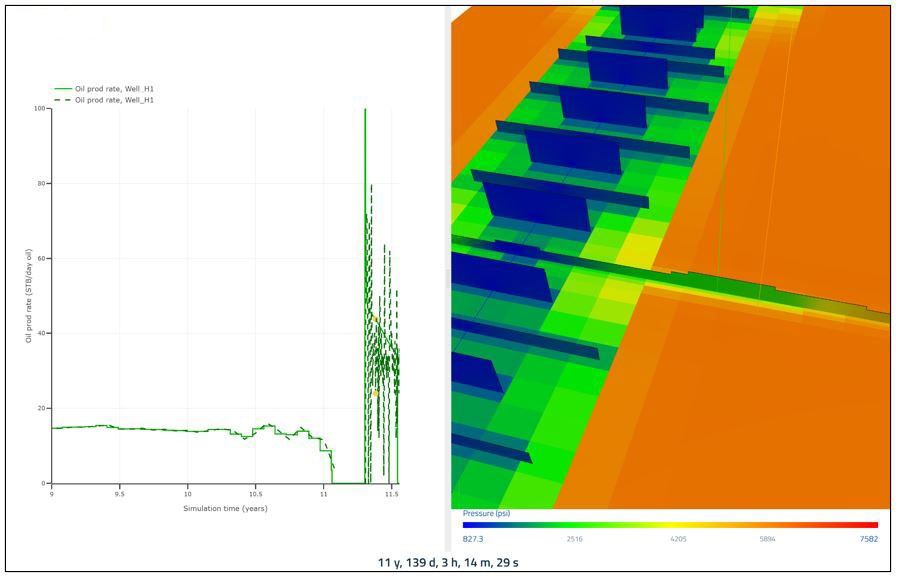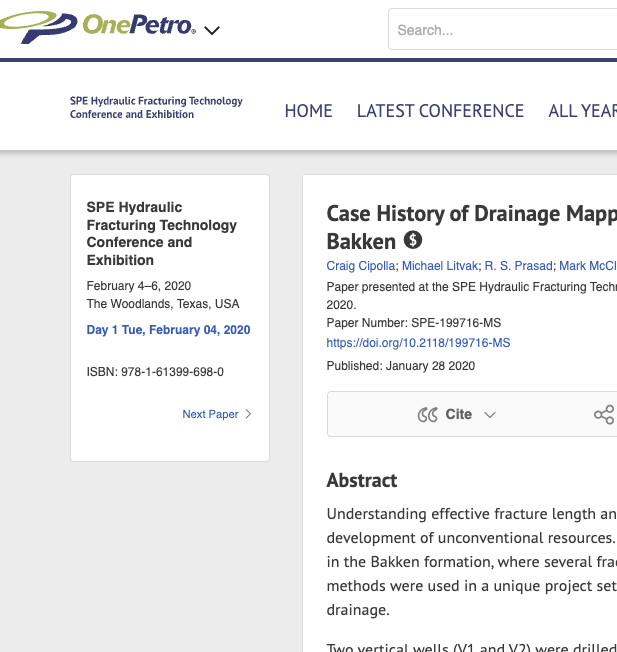
Near-Wellbore Deposition of High Conductivity Proppant to Improve Effective Fracture Conductivity and Productivity of Horizontal Well Stimulations
In conventional formations, it has long been established that designing fracture treatments with improved near-wellbore conductivity generates improved production and economic returns. This is accomplished by pumping treatments with increased proppant concentration in the final stages (the traditional proppant ramp design), and in some cases by changing proppant size or type in the final stages to effect greater near-wellbore conductivity – commonly referred to as a “tail-in” design. These designs overcome the impacts of greater near-wellbore pressure loss during production caused by flow concentration in the near-wellbore region compared to distal parts of the fracture.




